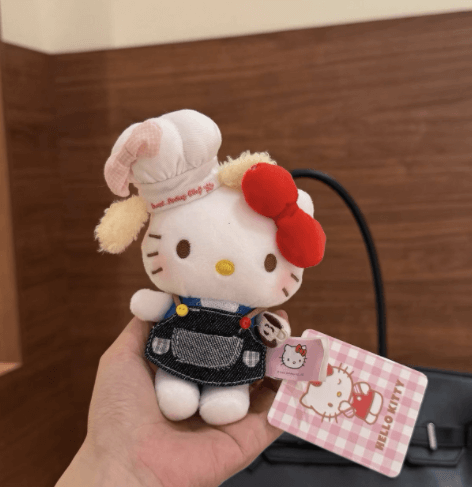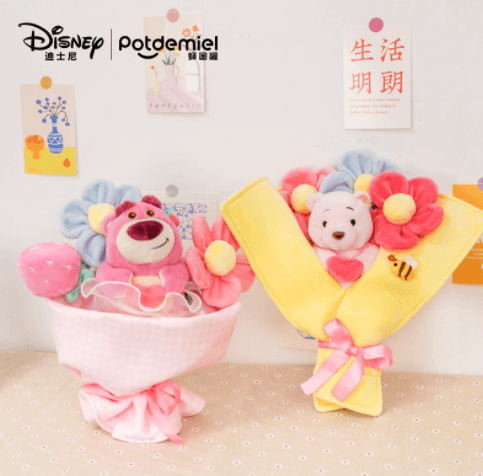Plush toys—those beloved soft, stuffed companions—come in endless shapes, sizes, and styles, making them a favorite for kids and adults alike. From classic animal designs to interactive options, understanding the different types helps you pick the perfect plush for every preference, occasion, or age group.

1. Animal-Themed Plush Toys (The Timeless Favorite)
Animal-themed plush toys are the most iconic and enduring type, drawing inspiration from real and imaginary creatures. Realistic options mimic pets (think fluffy cats, loyal dogs) or wildlife (giraffes, pandas, elephants), with details like stitched fur patterns or textured manes for authenticity. Then there are whimsical animal plushies—unicorns with sparkly manes, dragons with soft scales, or talking foxes—that tap into creativity. These toys often double as comfort objects for young kids, as their familiar shapes and soft textures ease anxiety. They’re also popular collectibles for adults, with limited-edition wildlife plushies or licensed character animals (like Disney’s Simba or Pokémon) gaining a dedicated following.

2. Character & Licensed Plush Toys (For Fans of Fandoms)
Character and licensed plush toys bring beloved figures from movies, TV shows, books, and games to life. From superheroes (Spider-Man, Wonder Woman) to animated stars (Elsa from Frozen, Peppa Pig) to book characters (Harry Potter, Winnie the Pooh), these plushies let fans connect with their favorite worlds. They’re typically designed to match the character’s iconic look—think Pooh’s red shirt or Elsa’s blue dress—and often include small details (like a tiny wizard’s wand for Harry Potter) that make them instantly recognizable. These toys are top picks for gifts: a Stranger Things plush for a teen fan or a Dr. Seuss Cat in the Hat for a toddler introduces kids to their favorite stories while providing a cuddly companion.

3. Interactive Plush Toys (Playful & Engaging)
Interactive plush toys add an extra layer of fun with features that respond to touch, sound, or movement. Some talk or sing—press a paw, and they recite phrases or holiday jingles—while others have sensory elements, like crinkly ears, squeakers, or soft teething parts for babies. Advanced options might connect to apps (e.g., plushies that tell personalized stories) or have motion sensors (e.g., a plush dog that wags its tail when hugged). These toys are great for encouraging play and learning: a talking alphabet plush helps toddlers practice letters, while a responsive stuffed bear teaches empathy as kids “care” for it by giving hugs.

4. Comfort & Cushion Plush Toys (Softness for Relaxation)
Comfort and cushion plush toys prioritize coziness, designed more for snuggling than active play. This category includes large plush cushions (like giant teddy bears or cloud-shaped pillows), weighted plushies (filled with gentle beads to provide calming pressure), and travel-sized plushies (small enough to tuck into a backpack or bed). Weighted plushies are especially popular for kids with sensory needs or adults seeking stress relief, as their gentle weight mimics a hug. Cushion-style plushies also double as home decor—think a plush pumpkin for fall or a fuzzy reindeer for Christmas—blending functionality with style.
From classic animals to high-tech interactives, the world of plush toys offers something for everyone. Whether you’re looking for a nostalgic collectible, a educational tool, or a cozy companion, knowing these types helps you find a plush that’s not just soft, but perfectly suited to your needs.





